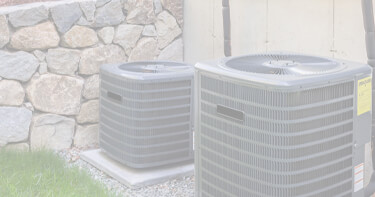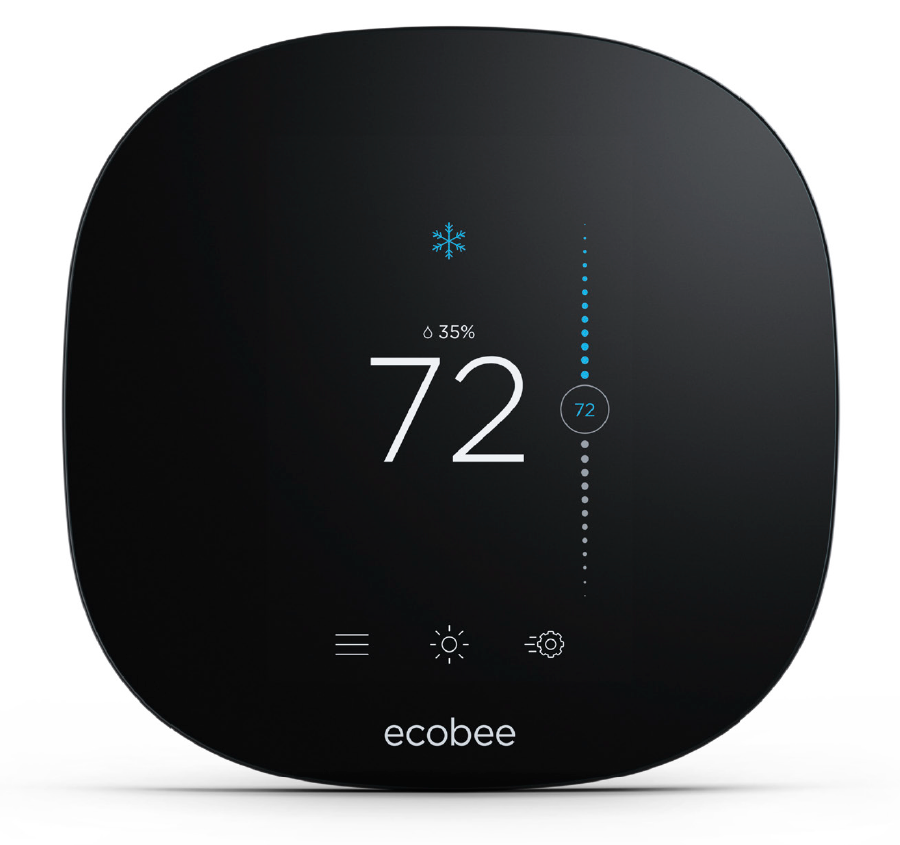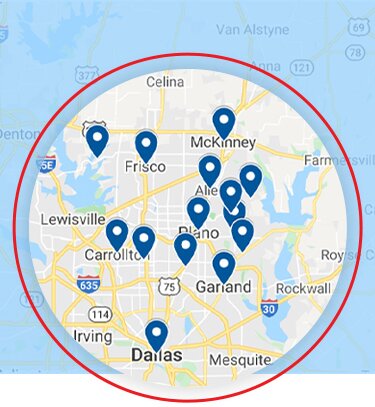
Ideal Thermostat Setting for Fall in Texas
The perfect thermostat settings for your home aren’t easy to settle on. After all, how many complaints and disagreements break out when a space feels “too hot” or “too cold”?
If you’re just looking for a hard number to set your thermostat to for fall in Texas, we can jump straight to it. Fall in Texas can get quite hot during the day and quite cold in the evening, though, so a one-size-fits-all number isn’t going to be a good option. It’s best to set an upper limit before your air conditioning kicks in and a lower limit before your furnace gets to work.
Recommended thermostat settings for summer and winter:
- 68 degrees for heat
- 78 degrees for the air conditioner
Want a more robust answer? Let’s look at a few factors to consider with the specialists at Total Air & Heat in Dallas!

Thermostat Settings vs. Energy Costs in Texas
Deviating the temperature of your home or business a single additional degree from what it wants to be naturally costs a certain amount of power. Each degree of deviance costs more money each month. The Department of Energy, for example, estimates savings of 3% per month per degree you reduce your heat in cold months. Other estimates go higher, to 5% or more.
Healthy Temperatures
Our numbers above come from a combination of Department of Energy recommendations and health research. Temperatures between 68 and 78 degrees may not feel comfortable for everyone, but they should be healthy for anyone. It’s a good idea to try these temperatures and see if you can adjust to them before you begin adjusting up or down for heat or AC, if you’re aiming to save as much money as possible.
Of course, comfort plays its own role in health. If you’re cold all the time or hot all the time, you’re going to be stressed, which is unhealthy in and of itself. Don’t suffer excessively to save a few dollars!
The Perfect Summer Temperature
Summers in the Dallas metro area bring a lot of heat and humidity, and we know June through August is when you’ll feel the most tempted to turn down your thermostat. Before immediately cooling your home, consider leveling your thermostat at 70 degrees and avoiding major adjustments.
A 70-degree indoor temperature is generally comfortable for most, plus or minus a few degrees, depending on humidity. Feeling more flushed than usual? Bump it down to 68 degrees. The 70-degree range is also ideal for nighttime.
The Perfect Winter Temperature
Our recommended thermostat setting for a Dallas winter is between 68 and 70 degrees. While this may feel low, it sits in this range for a good reason. When a homeowner continually raises and lowers thermostat levels, heating and cooling units have to work harder.
Small adjustments to compensate for cold outside temperatures also strain your HVAC system more. Sticking to 68–70 degrees is a simple way to keep your home comfortable all winter.
Always-chilly family members might not want to hear this, but HVAC and health professionals agree that 65 degrees is the best nighttime temperature year-round. This moderate temperature saves on energy use overnight and improves sleep quality.
Still feeling cold? Layering up or investing in flannel sheets or a space heater never hurts.
Moisture
Even if you’re comfortable bundling up for cold times or sweating it out when the temperature pops up a few degrees, you’ll want to keep in mind factors independent of temperature in your property such as air quality, and most notably moisture.
A moist home feels hotter when it is hot because your body can’t properly evaporate sweat to cool off when the air is saturated. A more moist home feels colder when it is cold, because the moisture in the air can pull heat from your body in the same way a swimming pool might. Moisture also contributes to mold growth and a host of other threats to health and property.
While You’re Out
It’s worth noting that you can save a huge amount of money by readjusting your thermostat when you’re going to be out, or setting your programmable thermostat to do it. If you don’t have pets, consider setting your thermostat to 85 degrees or so while you’re out on a hot day.
You can’t go as extreme for cold days, as Texas is quite humid and you’ll work your system hard to clear out the moisture when you get home — 60 degrees is a good compromise for heating, though you could go as low as 55 or so degrees safely for extended absences such as a fall vacation, depending on how efficiently your system deals with humidity.
Learn More About Efficient Home Heating in Dallas
Want to learn more about optimal settings for your thermostat throughout the year, or ways of improving energy efficiency? Contact Total Air & Heat today with your inquiries and service requests!
a step above the rest
awards & community involvement
awards & community involvement
a step above the rest










